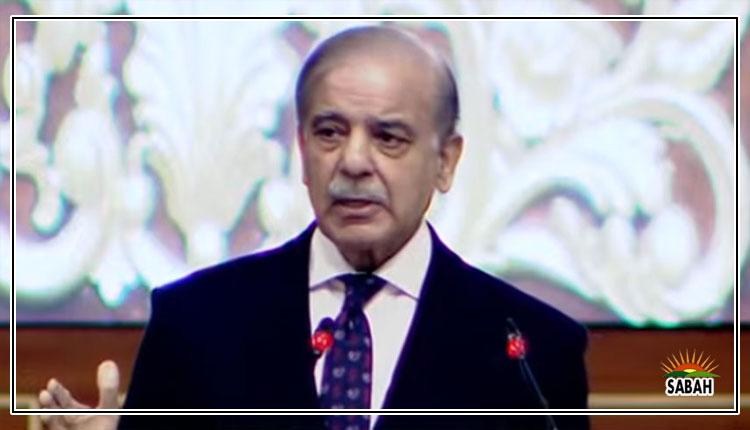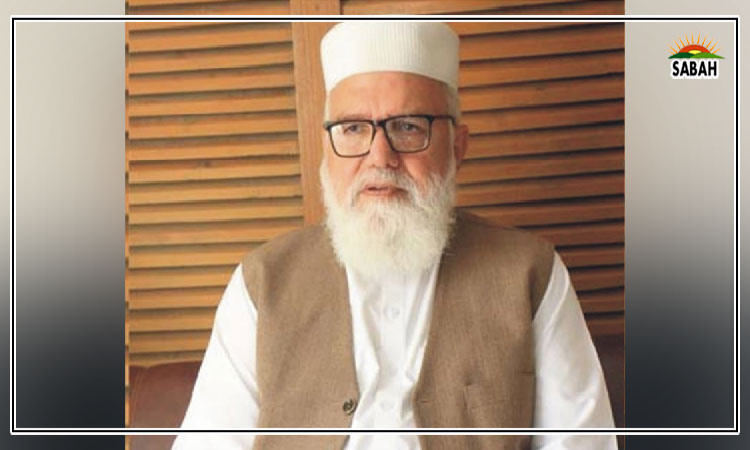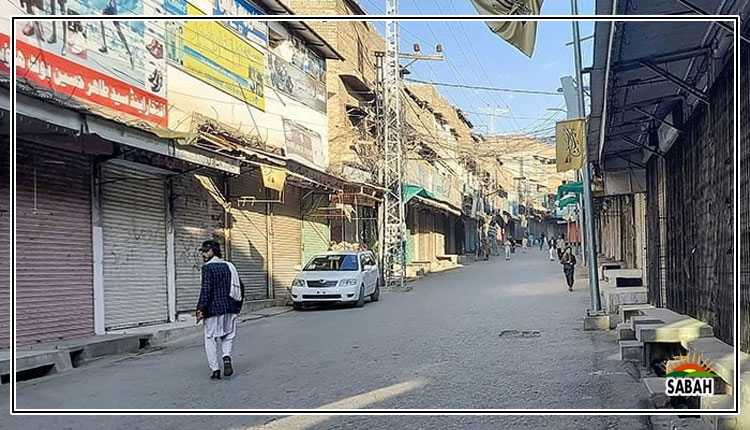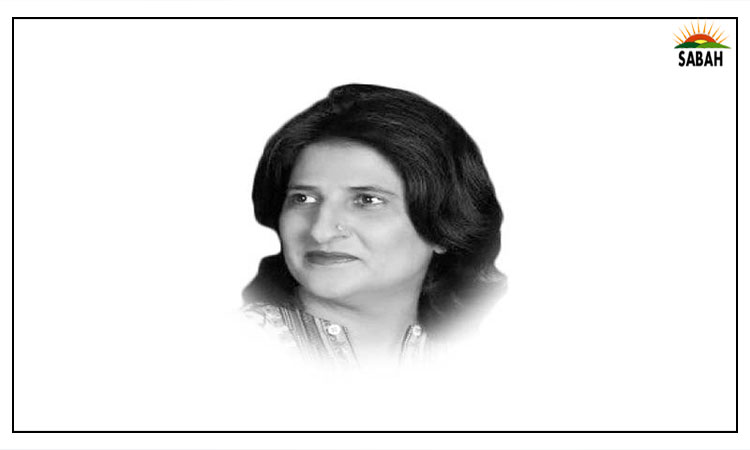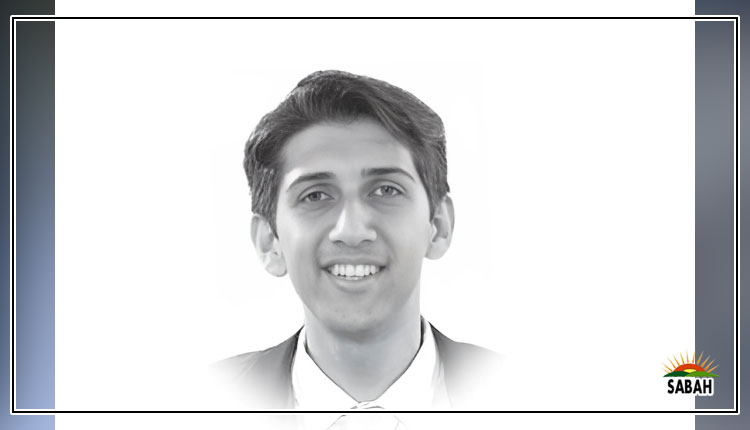The gender factor in elections…Hassan Hakeem
As the country prepares for the upcoming elections, and political parties gear into electioneering mode, what remains missing from the mainstream discourse is fair representation of women, and their meaningful participation in the electoral process.
This, in simple terms, means fair distribution of party tickets to women candidates (as opposed to being awarded party tickets in potentially losing constituencies); equal representation of all divisions and districts on party lists for reserved seats for women (as opposed to women on reserved seats representing provincial capitals only); and allowing women to freely and safely contest without intimidation or threats of violence. But how can this be ensured in a highly polarized political landscape in Pakistan?
Although not commonly acknowledged, election commissions around the world are the gateways to promoting womens electoral and political participation. In most countries, these commissions play a crucial role in the design and/or implementation of electoral laws with their in-depth knowledge of electoral processes and are uniquely placed to support gender equality and womens empowerment in the process.
In simpler terms, globally elections commissions are the watchdog bodies that ensure political parties integrate women in all structures, organizational setup, internal bodies and more importantly in highest decision-making forums such as its central executive committees, provincial/ regional leadership positions, and candidates selection boards.
There are different ways to ensure that the goal of gender equality is achieved, including by: (i) integrating a gender mainstreaming perspective throughout a political party structure and in all the work they undertake, whereby every facet takes into account differential impacts on women and men; and ii) integrating gender-specific interventions to tackle specific areas, including through affirmative action such as transparent selection and representative reserved seats for women, and fair distribution of party tickets. A successful gender equality approach includes a combination of the two. But to effectively address gender inequalities, attention should be paid to how structurally embedded social, economic, cultural and political norms result in increasing barriers that hinder womens political and electoral participation. Hence, gender mainstreaming should be aimed at achievement of equality and elimination of all forms of discriminatory practices against women at the core of institutions; and must promote standardization rather than marginalization – of the achievement of gender equality.
Today there are more women in public office than in any other point in history. In 2023, more than 11,796 women served as parliamentarians in federal legislatures, accounting for over 26 per cent of total parliamentarians worldwide. According to the Inter-Parliamentary Union, Pakistan ranks 115th out of 190 countries in terms of representation of women in national parliaments. Despite the fact that Pakistan has had a woman prime minister twice (first ever in the Muslim world) and a woman speaker of the National Assembly, patriarchal notions of power-sharing and decision-making guide institutional structures at all levels, restricting womens meaningful representation.
Despite encouraging advancements, the target of gender balance in public positions is still far from being realized. Other factors that hinder womens participation in political life, as members of parliament, election candidates, political party workers, or voters are low levels of literacy, limited awareness and access to information, limited mobility, disproportionate share of household responsibilities, limited power to decision-making and public engagement, financial constraints, lack of opportunities, barriers against participation in political/ leadership activities, threats or fear of violence and harassment in the public and private spheres.
What also remains missing in the mainstream discourse is how violence constrains womens electoral participation. The growing participation of women in politics is viewed as being at odds with womens traditional gender roles, constituting a threat to traditional power relations and status quo. Almost universally, increase in womens political representation has been accompanied by a rise in violence against women in politics. This has manifested in different forms: escalation of harassment and aggression in various media, intimidation, sexual and physical violence against women in public life, forcing political women to resign, and public scrutiny of women candidates where the commentary examines their appearance, rather than their experience, ideas and policy contributions. In the most extreme form of violence, women politicians have been assassinated for exercising their political rights; the assassination of Benazir Bhutto was a loss like none.
Political violence emerges in various settings, and has adverse and differential impact on women during the electoral process. Political tensions and use of force during pre-elections can create long-term vulnerabilities for womens political inclusion, who in many cases are already disadvantaged compared to men. This can result in womens exclusion from the process and at times destabilize the democratic process. Tactics such as physical assault, intimidation and psychological abuse affect both men and women, but have varying gender impacts on each.
Electoral violence is particularly destructive to women, as it often occurs as a result of inherent social and cultural norms, biases, power imbalance between men and women and subsequent discrimination. Race, age, class, disability, education, religion, ethnicity and gender can create conditions for overlapping layers of discrimination against women, generating circumstances for certain women to become easy targets of structural violence. The 2021 by-election in NA-75 Daska witnessed rampant violence against a woman candidate; the subsequent rigging and the disappearance of 20 presiding officers led to the election being delayed by two months.
What also remains missing in the mainstream discourse is the harassment that women face once they make it to decision-making positions. Like other sectors, political spaces too remain rife with sexual harassment and exploitation. Stereotyping of women in senior positions involves insinuations that they have achieved success by extending sexual favours.
More often than not, political parties perpetuate sexist cultures that promote an insular atmosphere and produce unequal and unsafe work conditions for women party members. Accounts of sexism and sexual harassment from women political workers indicate longstanding pervasiveness of the casting couch. In instances like these, it is essential that while training newly elected parliamentarians, laws and policies for protection against sexual harassment of women parliamentarians must be included in their orientation.
While some forms of violence are specific to women, it is essential that responses to prevent and mitigate political violence during and post elections must reflect the above-mentioned important gender dimensions. Several laws in Pakistan are firmly anchored on human rights and non-discrimination against women, and it is up to the state to protect all fundamental freedoms.
One of the ways to tackle this is to strengthen complaint mechanisms and response protocols in line with international standards by, for instance, issuing gender guidelines, codes of conduct and protocols for institutions like legislatures, electoral commission, political parties, election tribunals, local administrations, and ensure enforcement mechanisms are functional.
Courtesy The News


